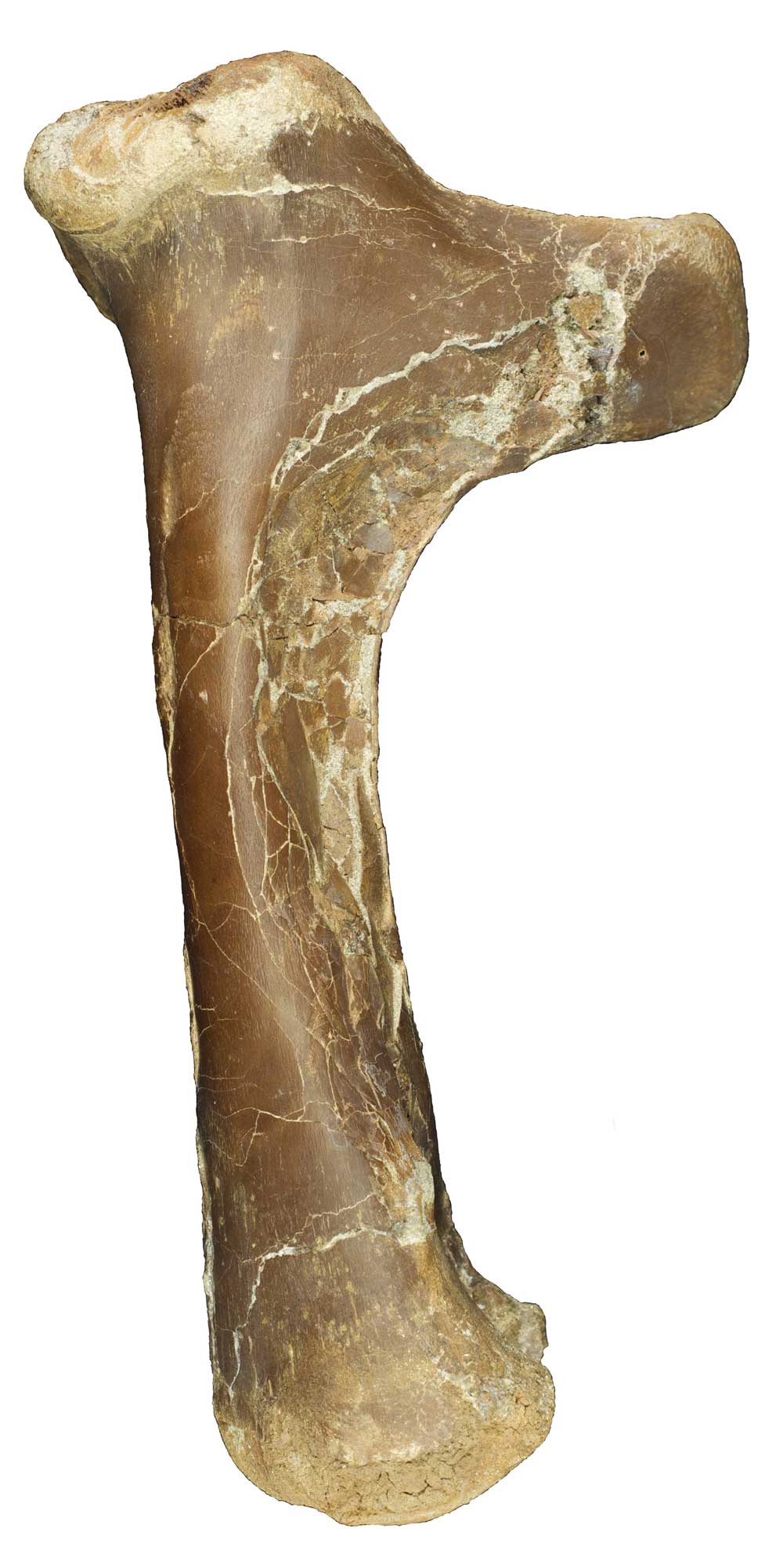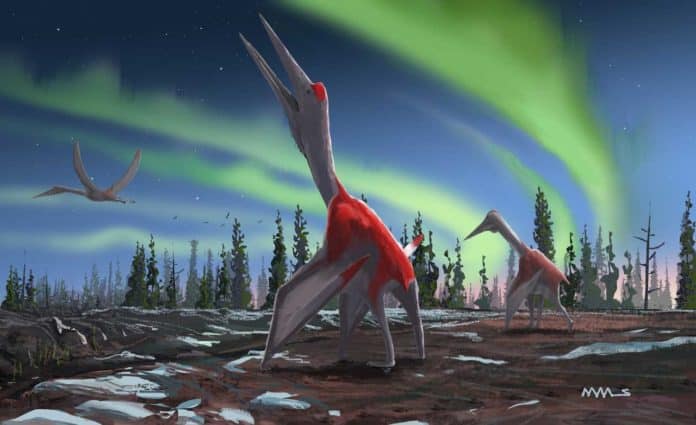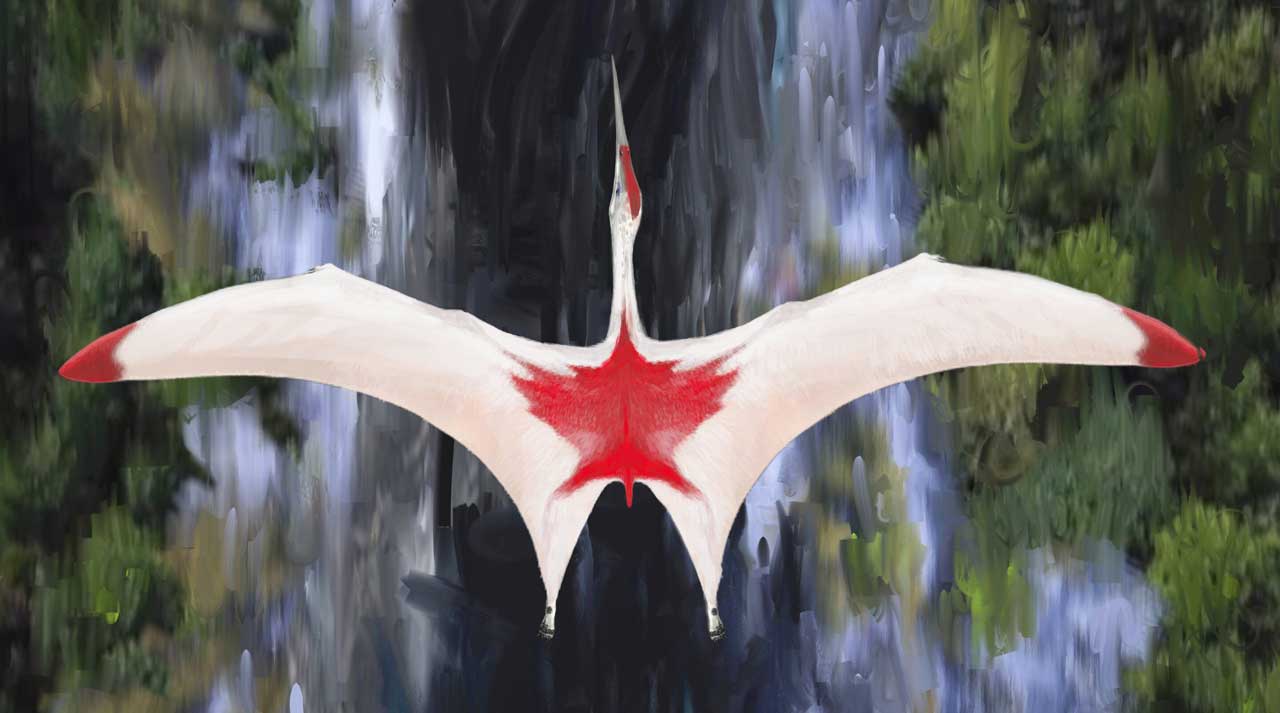Recent research by the Queen Mary University of London has suggested that a newly identified species of pterosaur is among the largest ever flying animals.
Azhdarchid pterosaurs have been known since 1972 from upper Campanian deposits of Alberta, Canada. Its remains were discovered 30 years ago in Alberta, Canada, but paleontologists had assumed they belonged to an already known species of pterosaur discovered in Texas, USA, named Quetzalcoatlus.
But, the study suggests that it actually belongs to the first pterosaur to be discovered in Canada.
Dr. David Hone, the lead author of the study from Queen Mary University of London, said: “This is a cool discovery, we knew this animal was here but now we can show it is different to other azhdarchids and so it gets a name.”
Despite the fact that the remains—comprising of a skeleton that has part of the wings, legs, neck, and a rib—were initially assigned to Quetzalcoatlus, investigation of this and additional material revealed throughout the years demonstrates it is a different species in light of the growing comprehension of azhdarchid diversity.
The main skeleton is from a young animal with a wingspan of about 5 meters but one giant neck bone from another specimen suggests an adult animal would have a wingspan of around 10 meters.
This makes Cryodrakon boreas comparable in size to other giant azhdarchids including the Texan Quetzalcoatlus which could reach 10.5 m in wingspan and weighed around 250 kg.
Like other azhdarchids, these animals were carnivorous and predominantly predated on small animals which would likely include lizards, mammals, and even baby dinosaurs.

Dr. Hone said, “It is great that we can identify Cryodrakon as being distinct to Quetzalcoatlus as it means we have a better picture of the diversity and evolution of predatory pterosaurs in North America.”
Journal Reference
- David W. E. Hone, Michael B. Habib, François Therrien; Cryodrakon boreas, gen. et sp. nov., a Late Cretaceous Canadian azhdarchid pterosaur. Vertebrate Paleontology. DOI: 10.1080/02724634.2019.1649681

